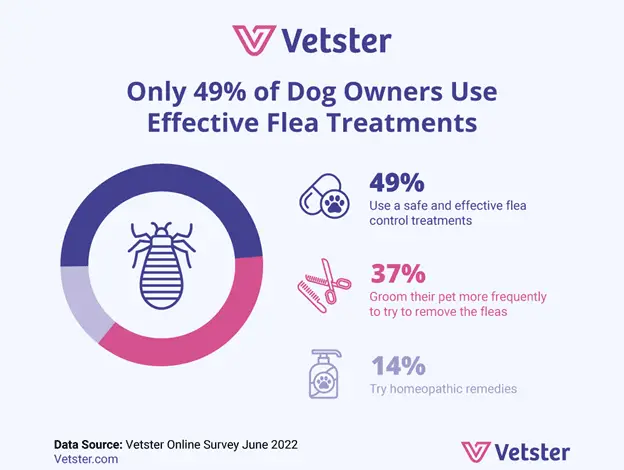What to Know about Dog Fleas in Norfolk, VA

Fleas are one of the more common types of pests in different areas of the United States, including Norfolk. They’re so common that you may have dealt with a flea infestation before, especially if you’ve lived in this area for some time. Fleas thrive where they have a moist, shady environment, making Norfolk a great place to hide out. Here’s what you need to know about fleas and their various infestations.
Are fleas actually a problem?
Because fleas are very common, some people don’t understand why they’re such a big deal. You might not see them as an actual problem, or you may just assume that they’re so common, you may as well just let the infestations happen.
Not only are fleas very frustrating to deal with for both pets and humans in a household, but in severe cases, they can cause actual damage. Pets especially can end up dealing with anemia due to flea infestations feeding on their red blood cells. They can severely limit the quality of life for everyone in a home and getting rid of a severe flea infestation is much more difficult than catching fleas early on.
Warning signs of fleas
To catch a flea infestation early on, you’ll first want to know the most prominent warning signs that you should check for fleas on your dog. Keep an eye out for these three symptoms specifically:
- Excessive itching
Itching is the most common sign that your dog is dealing with fleas. Flea bites are very itchy even if your dog isn’t allergic to flea saliva, and the dog’s only recourse for this itchiness is to bite or scratch the area. If you suddenly notice that your dog is biting or scratching at a very specific spot on their body, check them for fleas.
- Seemingly random hair loss
The more that your dog itches at their skin, the more likely that they’ll develop hair loss in this area. This can be more obvious for dogs with long hair, but if the itching is very extensive, even dogs with short hair can see serious hair loss in certain areas, so you’ll be able to see the skin directly.
- Red, itchy skin
Finally, due to both the flea bites and the itching, you might notice a rash on the skin. This can range anywhere from just redness and swelling to open sores and scabs, depending on how badly the itching gets. A flea allergy can also exacerbate the problem, leading to even worse skin issues.
How to get rid of fleas in your home
The first step is to contact an online vet in Norfolk. Whether you’re just noticing symptoms of fleas or you’ve discovered live fleas on your dog or in your home, a veterinarian can point you toward treatments that will work well without potentially poisoning your dog along the way.
Second, it’s also important to then get rid of the fleas within the home. Fleas are notoriously difficult to get rid of since you have to kill the live adult fleas and the eggs. This canbe difficult to do at the same time. Once you’ve treated your dog, you can move on to talking to an exterminator, especially if you have reason to believe that the flea infestation has spread to your entire home.





